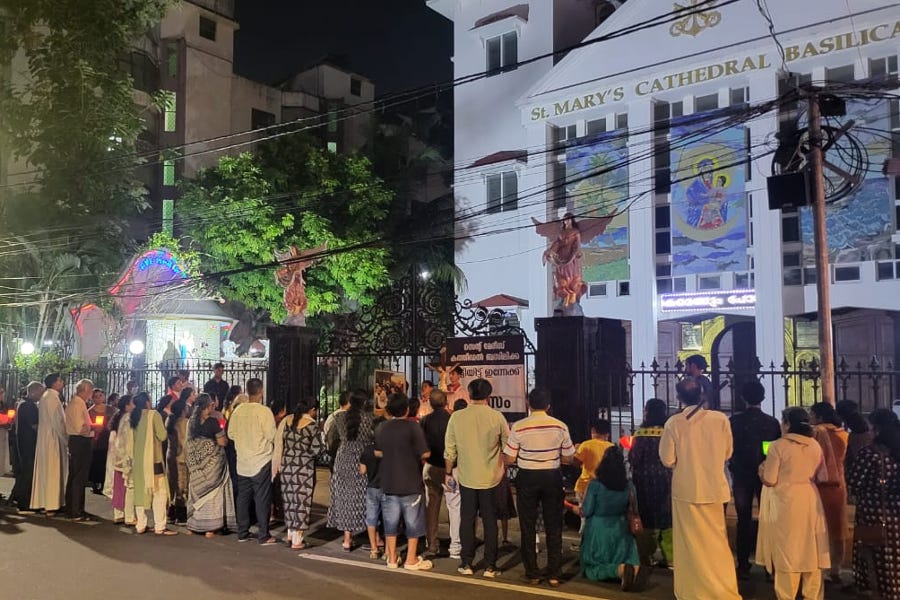Syro-Malabar leaders to discuss lasting peace for ‘liturgy war’ at Vatican
Indian Catholic leaders will discuss the Syro-Malabar Church’s liturgical crisis with Cardinal Parolin this week.
Indian Catholic leaders and Vatican officials are expected to discuss the Syro-Malabar Church’s liturgical crisis in Rome this week.

The meeting was announced May 1 by Cardinal George Alencherry,…
